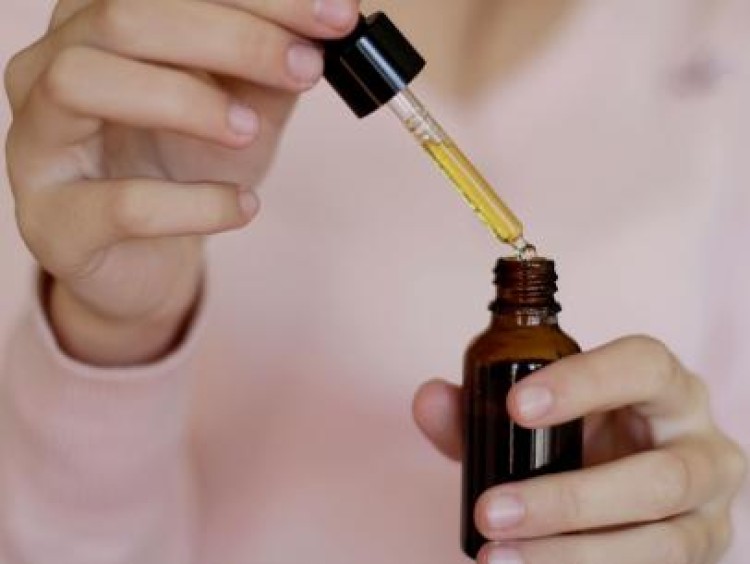
Essential Oils are long lasting and withstand long time in terms of quality untill unless they are contaminated. Few Oils are even get better with age and few are antibiotic resistance.
All essential oils are used in food industries, and Food industries are facing a great challenge due to contamination of food products with different microbes such as bacteria, fungi, viruses, parasites, etc. These microbes deteriorate food items by producing different toxins during pre- and postharvest processing. Mycotoxins are one of the most potent and well-studied toxic food contaminants of fungal origin, causing a severe health hazard to humans. The application of synthetic chemicals as food preservatives poses a real scourge in the present scenario due to their bio-incompatibility, non-biodegradability, and environmental non-sustainability. Therefore, plant-based antimicrobials, including essential oils, have developed cumulative interest as a potential alternative to synthetic preservatives because of their ecofriendly nature and generally recognized as safe status. However, the practical utilization of essential oils as an efficient antimicrobial in the food industry is challenging due to their volatile nature, less solubility, and high instability. The recent application of different delivery strategies viz. nanoencapsulation, active packaging, and polymer-based coating effectively addressed these challenges and improved the bioefficacy and controlled release of essential oils. This article provides an overview of essential oils for the preservation of stored foods against bacteria, fungi, and mycotoxins, along with the specialized mechanism of action and technological advancement by using different delivery systems for their effective application in food and agricultural industries smart green preservative.
Although EOs are widely utilized in food safety, fragmentary reports are available about the antimicrobial mechanism of action of EOs with mechanistic details. Several EOs have been studied with excellent antimicrobial activity; however, the potential inhibitory mechanisms regarding microbial growth and reproduction were altered due to a complex mixture of terpenoids, phenolic acids, flavonoids, and phenylpropanoids in EO. Moreover, the mechanism of toxicity in a microbial cell is strengthened by the types and chemical components of EOs. For example, the presence of phenolic content in EOs displayed more specificity for the inhibition of microbial growth based on their effective hydroxyl group in chemical structures, which help in disruption of plasma membrane structure and thus disorganize the membrane permeability, for example, the activity of the enzyme in Kreb's cycle. However, the terpenoids in EOs critically affect the plasma membrane fatty acids leading to alteration in membrane dynamicity, permeability, and leakage of cytoplasmic constituents. Conversely, similar chemical constituents of EOs may display different effects when applied to another microorganism depending on the variability of membrane thickness, composition, and cellular metabolic activities. A brief description of antimicrobial mechanisms of action with a particular action site is presented later.

|

|
Currently, there are no comment.
Login to comment